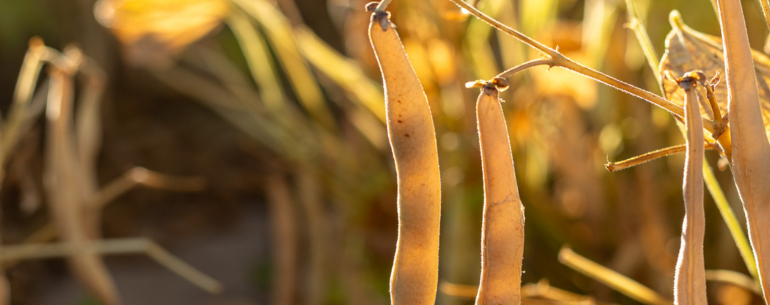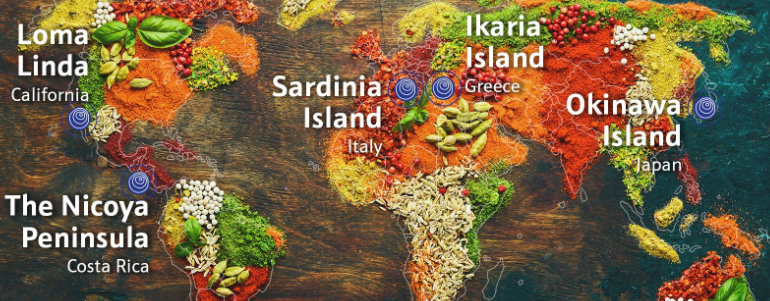Terroir in Beans
April 18, 2023
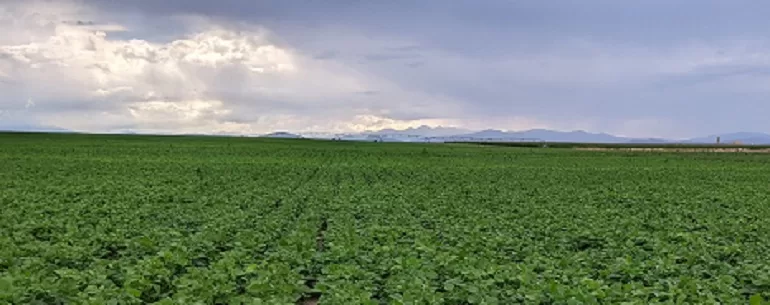
Terroir is a way to describe the unique aspects of how locations shape and influence flavor of foods. Often when we hear the word “terroir” we may think of foods and beverages like chocolate and wine. But, Northern Feed & Bean High Plains beans also have terroir, or a “sense of place”. The High Plains region of the United States includes Colorado, Nebraska, and Wyoming, and is an ideal area to grow our highest-quality Frontier beans label. Let’s explore what makes the High Plains region so special through the lens of terroir.
Environmental factors including the growing environment and farming practices influence terroir. Several components are believed to contribute to terroir, such as climate, soil type, and geomorphology (i.e., elevation and natural landscape features like mountains that affect climate and growing condition).
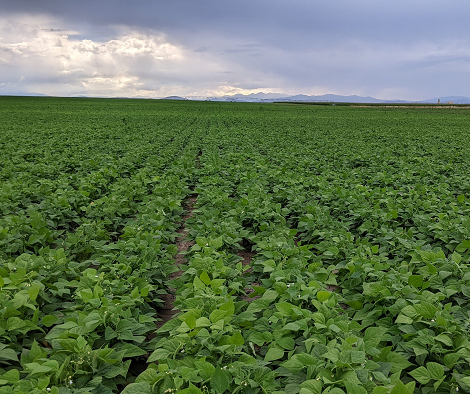
Beans grown in the High Plains region are known for their bright color and delicious flavor. This bean field has a beautiful backdrop of the Colorado Rocky Mountains.
Let’s break down these features for our High Plains region so you can see why it is so perfect for growing high-quality, delicious beans.
-
- Climate. The climate is dry, with warm, sunny days and cool nights. It is thought that the warm days and cool nights create denser beans with deeper and more complex flavors. Due to the dry conditions, the beans are supplemented with irrigation water, but as we shared in our post about the many sustainability benefits of beans, they require less water than other crops and sources of protein. Moreover, beans offer a wide variety of other benefits back to our region, such as improved soil health.
-
- Soil type. The clay / silt loam soil with a pH of 6.0 to 7.0 that is prevalent in this region is ideal for growing dry beans.
-
- Geomorphology. The High Plains region is high altitude, which contributes to our drier climate and cool nights. Mountains are a remarkable feature in parts of this region.
Overall, the terroir of the High Plains region imparts the beans with their unique taste. The combination of dry climate, warm and sunny days with cool nights, and the excellent soil in this area makes for ideal growing conditions for beans, such as our pinto beans and Mayocoba beans. You can enjoy a wide range of flavors in High Plains beans, from earthy to mild. Textures vary as well, from smooth and creamy to meaty.
The beans from the High Plains region are also well-known for their color and appearance. The dry climate and growing conditions of the High Plains result in brightly colored beans that are sought out around the world by consumers looking for the striking light color. Northern Feed & Bean offers pinto beans that are recognized for their beautiful, bright, light beige color, with darker brown spots.
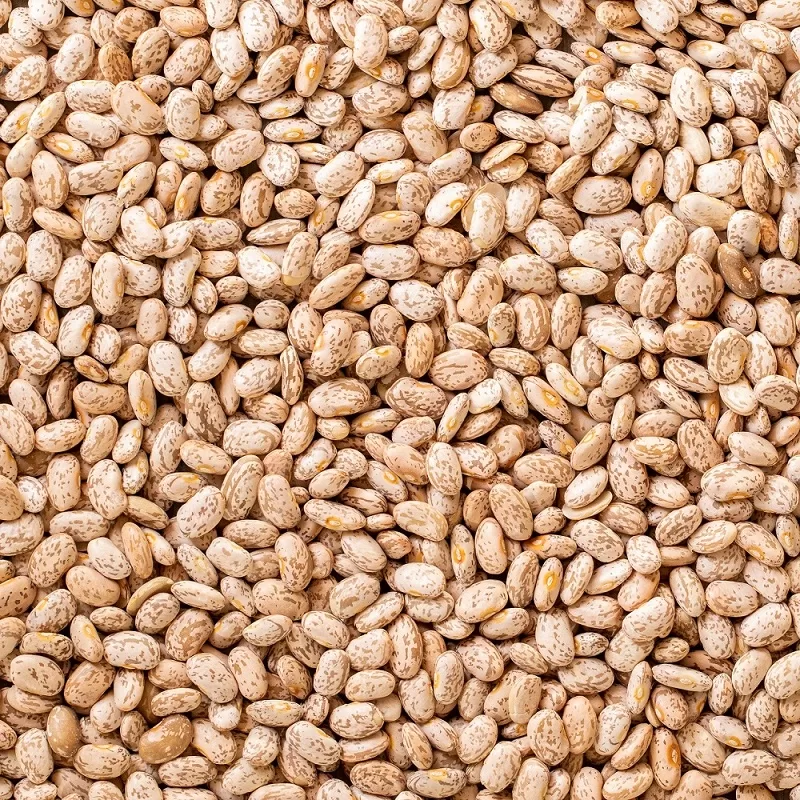
Our High Plains pinto beans are known for their bright color and striking mottled pattern
A Recent Study on Terroir in Beans
A recent study by Klaedtke and colleagues (2016) examined terroir in dry beans. The researchers state that, “Seeds have evolved in association with diverse microbial assemblages that may influence plant growth and health.” Microbial assemblages, also called microbiota, thus affect key plant traits, like resistance to disease and what metabolites plants produce. Yet, we do not have a good understanding of the composition of these assemblages, nor what ecological processes play a role in shaping their structure. To examine the role of these seed microbiota in local adaptation of plants, the researchers chose to work with dry bean specifically (Phaseolus vulgaris L.), due to its importance as a nutritious food crop around the world.
The researchers evaluated the relative influence of both host genotype (i.e., genetics) and terroir on the structure of the bean seed microbiota, examining five different bean cultivars and two farm locations with distinct farming practices and locations. They found that host genotype did not explain the differences they saw. Rather, their results “suggest that seed-associated microbial assemblage is determined by niche-based processes and that the terroir is a key driver of these selective forces.” It will be interesting to watch and see what other research is conducted on the importance of terroir in beans!
Want to See the Terroir of Our Bean Fields?
In addition to the environment and growing conditions, the definition of terroir can include factors that are controlled or influenced by humans. Last season (2022), we tracked several fields of our premium labeled Frontier beans from planting to harvest so you could watch the plants developing with us. Check out the videos below to get a sense of the region our farmers grow beans in, as well as to hear interviews directly from the field.
-
- Pinto bean planting – We interview one of our farmers while he plants a field of pinto beans in northern Colorado.
-
- Mayocoba beans one month after planting – We check in to see how a field of Mayocoba beans is developing.
-
- Bean fields getting closer to harvest – You can see bean plants flowering, pods growing, and the beans inside them developing at the two bean fields we visit in this video.
-
- Mayocoba beans almost ready to harvest – This video shows how the pods dry down as they get closer to harvest time.
-
- Cutting beans right before harvest – Most farmers in this area cut and windrow the beans, then allow them to dry down in the field for about one week before combining them.
-
- Harvest time – Watch this video to see what harvesting a Mayocoba bean field looks like.
Be sure to subscribe to our YouTube channel and follow us on Instagram and Facebook to watch for updates from the 2023 growing season!
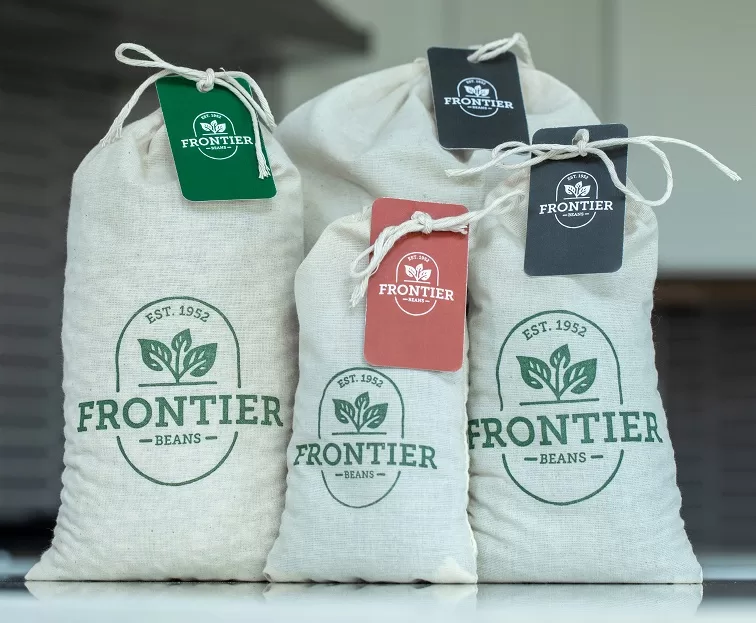
Frontier beans are Premium High Plains Beans
What Beans Do We Offer?
Northern Feed & Bean offers several varieties of Premium High Plans Beans through its Frontier Beans label. All our beans are high in fiber and protein and are naturally non-GMO and gluten- free. Our bean selection includes:
-
- High Plains Mayocoba Beans, also known as yellow beans or Peruanos
Click on the links provided for each bean to learn more about the bean, including information about its nutrition, appearance, flavor profile, and recipe ideas.
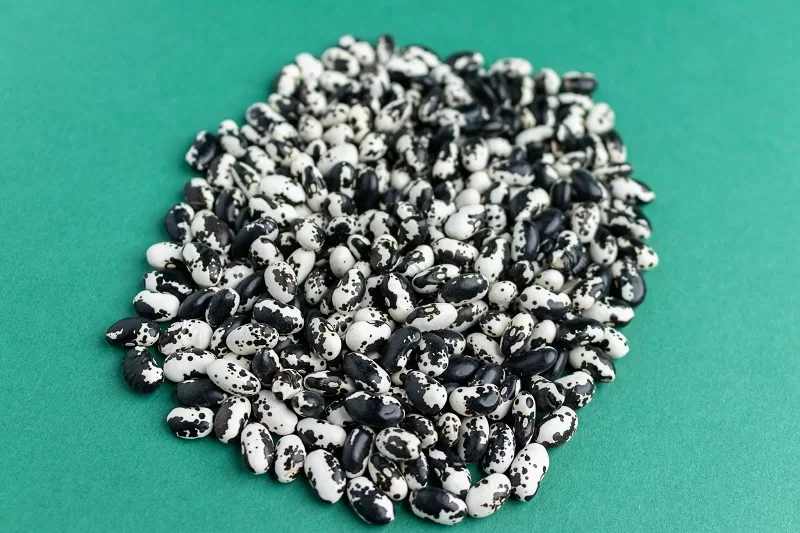
Our orca beans have a beautiful black and white mottling, creamy texture, and mild flavor
At Northern Feed & Bean, it is our honor to bring beans cultivated by passionate farmers right here in the ideal growing conditions of the High Plains to you and your family. Taste and see the difference for yourself!

